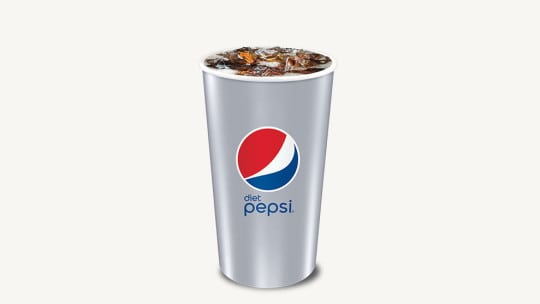
After a reported two years of testing recipes, researching and listening to consumers, PepsiCo admitted June 27 it had goofed regarding artificial sweeteners. The result: Not even one year after spurning aspartame and launching Diet Pepsi with sucralose, the soft drink brand was forced to reverse course. Amid falling sales and consumer outcry, it said Diet Pepsi with aspartame will return shortly. Adding a touch of confusion to the situation, PepsiCo also will continue to offer Diet Pepsi with sucralose. Importantly for communicators, this sour episode occurred when it’s easier than ever to gather information about customer preference via social media.
Of course it’s not just Pepsi that’s misjudged consumer sentiment. How about the New Coke fiasco of the mid-1980s, when Pepsi rival Coca-Cola tweaked its century-old recipe to disastrous effect? Brand misreads are not limited to soft drinks. Seven years ago Tropicana decided its orange juice label needed refreshing. After slapping a new logo on its cartons, it found consumers were confused. Some even claimed the juice tasted different in the newly labeled packaging. The brand had to make an about-face. Of course, once falling sales and social media protests make it clear that a brand has misread the research, it falls to communicators to be in the unenviable situation of taking the podium and admitting the company took a wrong turn.
All this led us to ask PR pros how iconic and not-so-iconic brands conduct research for years and still get important things wrong. Are brands measuring incorrectly? Are they measuring the wrong things? Listening to the wrong consumers? Is it possible brands are doing good research but ignoring it when it fails to please certain stakeholders? And assuming communicators have a seat at the table, can they help brands avoid making these mistakes?
Reality vs Monday-Morning Quarterbacks: Additional factors need to be brought into these scenarios, some argue, turning the focus away from measurement and research. Those factors include pressure placed on brands to gain and hold market share. Time pressures also can factor into brand decisions. “When brands miss the mark,” says Dwayne Roark, director of global business communications, Dow Chemical,“it’s usually because of a lack of due diligence.” Melissa Wisehart, director, Moore Communications Group, agrees. “You must take the time” to research methodologies and decide which consumers to question (more about this below). This is easier said than done, though. “With the push to always be first to market, [financial] pressures lead companies to simply avoid following through [on research] and this leads to mistakes,” Roark says.
What About Research? Is it logical to conclude it was done badly when brands are forced later to backtrack on decisions they’ve made? “Mostly [poor research] is about looking only at one set of data,” says measurement expert/ PR News contributor Katie Paine. “As data analysis gets more sophisticated, the good marketers are looking at a broader range of data, and social is a big part of that.” She cautions about relying “too much on social,” though. Adds Roark, “Even the best of survey efforts can become flawed if the sample size is not large enough or if it is a one-time effort,” he says. As a result, Roark advocates communicators engage in “a constant, two-way conversation with customers,” particularly when markets are changing so quickly. He adds, “You must also use primary and secondary research to validate that your findings are accurate.” Says Dan Stevens, global managing director, consumer products and services, FleishmanHillard, “Brands need to get very clear on how they’re performing against things that matter most to consumers—including the emotional elements.”
Market share concerns can color research and lead to brands “doing the wrong kind of research,” Wisehart says. Brands always want to gain market share. This leads them to conduct research on the preferences of consumers they want to acquire. Unfortunately this also means they sometimes ignore loyal customers.
In addition, Wisehart notes a brand’s internal stakeholders often have preconceived notions about what they want the brand to do. As a result, they’ll “know” the best path for the brand before consumer measurement is done. In addition, they may interpret research or skew questions and procedures to suit their agenda.
Internal stakeholders can also accept the research, but then downplay its results for cost reasons, Wisehart says. For example, when research shows consumers would like a brand to offer three versions of a product instead of say, one, internal stakeholders might reject the research, claiming it will cost too much to produce, market and distribute a trio of products.
When we ask if brands ignore research when it fails to suit internal needs, Wisehart and Paine say yes, they do. In addition, sometimes brands skip research altogether or commission studies designed merely to cover their tracks when they think they know what consumers want, Wisehart argues.
Communicators’ Roles:“Communicators [should be]… the hub of the entire process…since they manage the customer relationship, build the brand and position it for growth,” Roark says. Wisehart concurs, urging communicators to avoid preconceived notions, and make sure people are willing to do the work the research indicates. Should the brand decide it’s goofed and needs to make an about-face, “follow the golden rule. Tell it all, tell it fast and tell the truth.”
CONTACT: @m_wisehart @DwayneRoark
